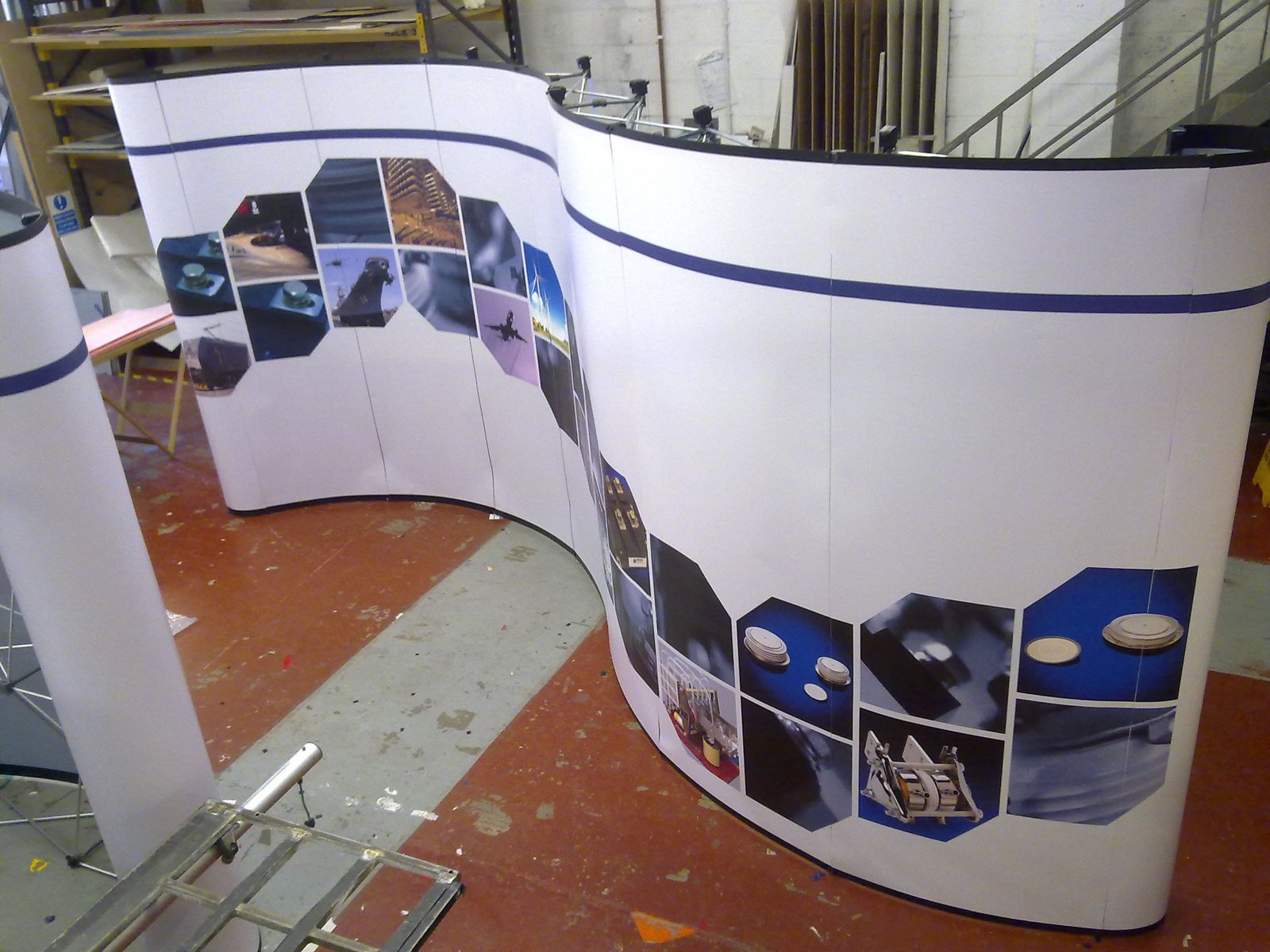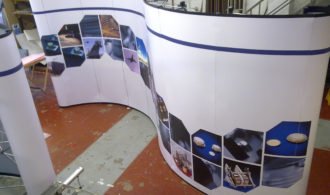Ask any sample group of business owners for their own unique take on trade show success and chances are every last of them will have a slightly different response to offer. There may be certain similarities, but the likelihood is that while one will say it’s all about the display boards, another will swear by standing the largest desk possible to stand out from the crowd.

What’s interesting however is that no matter who you ask, it’s pretty likely that at least one of the most common trade show myths will rear its head. The exact rules as to what makes for a successful trade show stall will of course differ in accordance with the show itself and the business area, but there are nonetheless certain underlying rules that perpetuate pretty perpetually.
With this in mind, what follows is a brief overview of five extremely common trade show success myths which, if bought into, could lead largely any business down entirely the wrong path:
Myth 1 – It’s All About Your Location’s Stand
Does location within the event hall matter? Of course it does. Does this therefore mean location will make or break your stand’s chances of success at the event? No…not for a minute.
Being reliant on location is always a very bad idea on both ends of the scale. Assume a great location will lead to inevitable success and you become too complacent to operate it proactively. At the same time, assume you’re doomed to failure with a ‘poor’ location and your attitude will make it so. Trade shows technically aren’t very big and for sure you’ll be on the map, meaning those that want to find you will. And what’s more, if you do a good enough job, then word of mouth is sure to travel.
Lastly, there’s nothing stopping you getting out among the crowds and actually showing them where you are and how to get there – interaction is never a bad thing.
Myth 2 – The Bigger and Brighter the Display Boards, the Better
Do gigantic display boardsplastered with all manner of neon colours grab the attention of passers-by? Yes. Is this necessarily a good thing? No.
Contrary to popular belief, grabbing the attention of any given target audience is easy – all you need to do is shout at them literally or figuratively. Sadly, in most cases people don’t actually like being shouted at and would rather be attracted by something that’s actually attractive. In terms of trade show stands therefore, it’s crucial to keep the size, volume and brightness of your boards and banners wholly in line with your brand as a whole – give the wrong impression and you’ll lose their interest faster than you won it.
Myth 3 – The ‘Little Guy’ Has No Chance Against the Big Boys
It’s common to think that the smaller and less established brands really have no chance at all of competing against the bigger boys. In reality however, trade shows represent a uniquely level playing field and one in which the smaller businesses have every opportunity to shine. It’s simply a case of putting that personal touch into what you do in a manner the industry’s biggest players simply cannot.
To assume you’re an underdog from the start is to put yourself on a losing streak from the word go.
Myth 4 – If You Keep Failing, Your Business is Flawed
If you were to attend a dozen trade shows and pretty much fail outright each time, you might begin to think that your business and everything you do is fatally flawed. In most cases however this isn’t the case – it’s much more likely that you’re simply making a mistake with your approach to the trade show.
When a business is largely successful and yet doesn’t get it right at trade shows, the problem most likely lies with the stand itself. From your posters to the staff you choose to your targets for the day, revisit all aspects of your approach and chances are this is where the problem lies.
Myth 5 – Winning Over an Audience is Difficult
Last up, one of the longest-standing myths of all in a marketing environment is that which states that winning over a target audience is difficult. In reality however, winning over an audience is on fact anything but difficult – it’s simply a case of giving them what they want.
Any business should be built around fulfilling the needs and desires of its target audience, or solving a problem for its clients. As such, you should technically already know what it is they want, meaning that all you have to do is give it to them. So when it comes to the trade show, it’s a simple case of thinking about why those in attendance are there, what it is they’re looking for and how you can give it to them.




